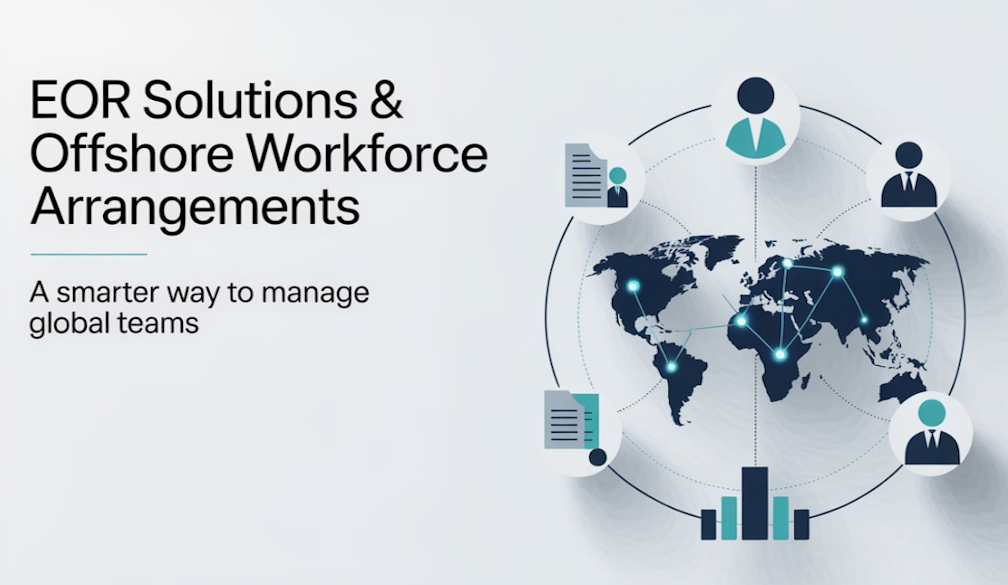Pay Equity and Pay Transparency Gaining Importance in Asia, Driven by Regulations and Company DEIB Policies, Aon Survey
- Pay transparency practices are mostly driven by regulation and compliance, followed by diversity, equity, inclusion and belonging (DEIB) policy and peer practices.
- While large organisations in Asia with global headcount focus on gender for pay equity analyses, smaller organisations consider other factors like job family, performance rating and experience.
SINGAPORE - Media OutReach Newswire - 9 April 2024 - Aon plc (NYSE: AON), a leading global professional services firm, today released its 2023-24 Asia Pay Equity Survey results, which reveal that pay equity and pay transparency are gaining importance in the region. The survey, which is the one of the most comprehensive of its kind in Asia, is conducted annually to understand prevalent practices on pay equity and transparency and provide valuable insight into the factors driving change, as well as the primary challenges organisations face while implementing pay equity and transparency strategies.
Pay Transparency is Gaining Importance
Organisations across North America and Europe are enhancing their pay transparency practices complying with increasing regulatory requirements. This trend is now gaining momentum in Asia, where companies anticipate similar regulations. Although 79 percent of survey respondents said they consider pay transparency important, with the exception of Japan and Australia, there are no specific regulations mandating pay disclosure in the region at present. Legislation around pay disclosures are expected in the near future for markets such as Mainland China, India, Singapore and Hong Kong.
According to the survey, 72 percent of companies cite regulation and compliance as their primary driver for action on pay transparency, followed by 58 percent that attribute it to DEIB policies and 38 percent to peer practices. However, only 25 percent of organisations say they have proactively disclosed some aspects of their pay-related matters to employees, with many taking a cautious approach. Apart from regulatory requirements, this shift toward pay transparency is also being championed by business leaders who recognise the role of pay transparency in promoting diversity, equity and inclusion in the workplace.
The survey further reveals that, compared to privately-held companies, publicly-listed companies are further ahead in implementing pay transparency practices, with 86 percent adopting some form and frequency of pay transparency compared with 74 percent of privately-held organisations.
Peter Zhang, partner and head of Talent Solutions for Aon in Asia Pacific, said, "Globally, pay transparency regulations and directives are being introduced with the aim of closing the pay gap more quickly – through legislation, rigour and enforcement. Although it is still nascent, trends in pay transparency show that regulations will catch up in the region and most organisations may have to disclose some information about pay transparency. Forward-looking organisations in Asia are therefore not waiting for regulations to catch up but taking a proactive approach to pay transparency. While embarking on this journey, they are deciding on the degree and extent of pay transparency based on drivers such as their DEIB policy, peer practices, local market requirements and practices of their global headquarters."
Pay Equity Practices
Pay equity compares the pay between job holders doing substantially similar work, which has historically been unequal across gender, disability status, race, ethnicity groups and other employee cohorts. Led by upcoming regulatory requirements along with their own maturing DEIB policies, organisations are anticipating the need to remediate their compensation structures. The survey results show that 62 percent of organisations conduct a pay equity analysis, and, among them, 65 percent have an implementation strategy. The prevalence of such analyses is higher in publicly listed companies, with 75 percent reporting that they conduct such analyses, compared to a split of 50-50 for private organisations. In addition, 71 percent of the companies surveyed consider job family rating as the top factor for consideration during pay equity analyses; followed closely by performance rating at 69 percent and experience at 59 percent.
Communicating the results of pay equity analyses to key stakeholders does not play a pivotal role in driving the implementation of pay equity strategy. According to the survey, more than 50 percent of the responding companies communicate results to top management, 29 percent to their employees, while 22 percent of companies report that they share this information with their board of directors. Despite the senior leadership being aware of this information, 38 percent of organisations say budget allocation is their top challenge for implementing pay equity, while 34 percent say a lack of knowledge of peer practices, and 25 percent say that unconscious bias in managers hinders implementing pay equity.
Maggie You, partner and head of people advisory and people analytics, Talent Solutions for Aon in Asia Pacific, said, "Organisations that have started to conduct pay equity analyses have also begun to articulate their remediation or pay equity implementation strategy. This trend is seen across the region, regardless of the organisation's size or type. Developing a pay equity implementation strategy based on a thorough pay equity analysis helps organisations identify any discrepancies. However, it is essential to note that the foundation of such an analysis is based on a robust job architecture built on analytical job evaluation methodology. Also, accelerating and expanding pay equity and pay transparency efforts requires top management in the region to better understand its impact on employer brand, employee engagement, and attracting and retaining top talent."
"Typically, organisations with mature HR functions with evolved pay equity practices conduct a pay equity analysis annually. For many of these organisations, the study is done during or after the annual salary increment cycle. The frequency of conducting a pay equity analysis should depend on various other factors, including the gap identified after the initial analysis, remediation plans for gap reduction, budget allocation, perceived changes in employee demographics for example due to large-scale hiring plans, significant changes in the organisation due to M&A, and re-organisation," added You.
About the survey
Aon's 2023-24 Asia Pay Equity Survey, which is the most comprehensive of its kind in Asia, was conducted between December 2023 and early January 2024. The survey collected more than 350 responses across 13 Asian markets, including Mainland China, India, Singapore, Hong Kong, Malaysia, Philippines, Thailand and Japan. More information about pay equity can be found here:
Disclaimer
The information contained in this document is solely for information purposes, for general guidance only and is not intended to address the circumstances of any particular individual or entity. Although Aon endeavours to provide accurate and timely information and uses sources that it considers reliable, the firm does not warrant, represent or guarantee the accuracy, adequacy, completeness or fitness for any purpose of any content of this document and can accept no liability for any loss incurred in any way by any person who may rely on it. There can be no guarantee that the information contained in this document will remain accurate as on the date it is received or that it will continue to be accurate in the future. No individual or entity should make decisions or act based solely on the information contained herein without appropriate professional advice and targeted research.
Hashtag: #Aonplc
The issuer is solely responsible for the content of this announcement.
About Aon
Aon plc (NYSE: AON) exists to shape decisions for the better — to protect and enrich the lives of people around the world. Our colleagues provide our clients in over 120 countries and sovereignties with advice and solutions that give them the clarity and confidence to make better decisions to protect and grow their business.
Follow Aon on LinkedIn, X, Facebook and Instagram. Stay up-to-date by visiting Aon's newsroom and sign up for news alerts here.



















